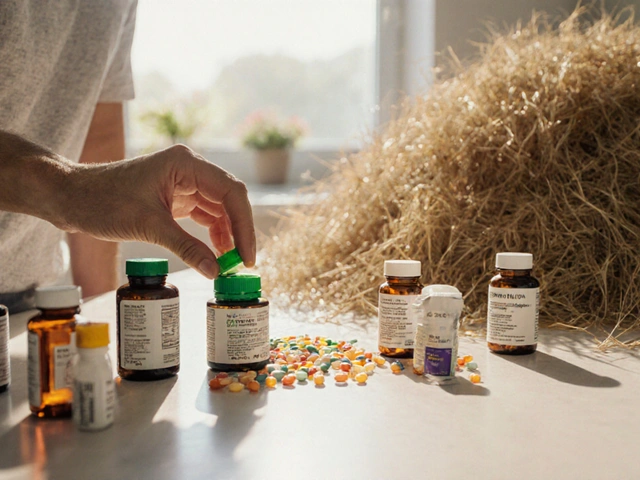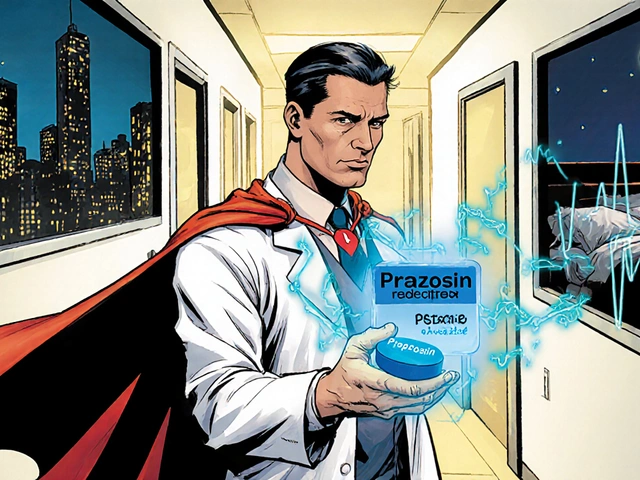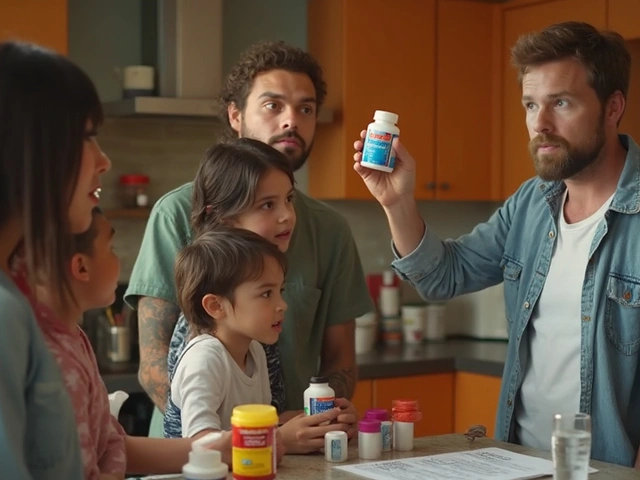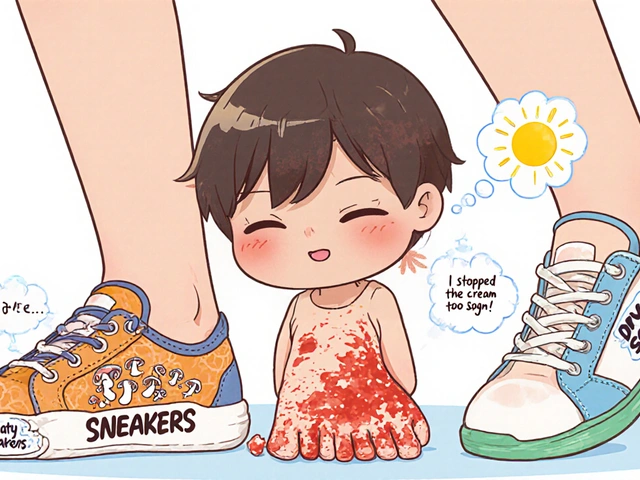Skin Inflammation Treatments: What Works and When
If your skin feels red, itchy, or swollen, you’re dealing with inflammation. It can be caused by eczema, allergic reactions, acne, or even a simple scrape. The good news? Most flare‑ups can be soothed with easy‑to‑find products or a short visit to the doctor. Below we break down the options so you can act fast and keep your skin comfortable.
Topical options you can buy over the counter
OTC creams are the first line of defense for most people. Look for a product that contains one of these active ingredients:
- Corticosteroid creams (hydrocortisone 1%): Great for mild eczema or insect bites. Apply a thin layer twice a day and stop after a week to avoid thinning skin.
- Calamine lotion: Works well for itchy rashes caused by poison ivy or chickenpox. It dries out the spot and gives a cooling sensation.
- Antihistamine gels (diphenhydramine): Good for allergic reactions that cause itching. Use only on intact skin and avoid broken areas.
- Moisturizers with ceramides: Dry skin is a common trigger for inflammation. A thick, fragrance‑free moisturizer applied right after a shower locks in moisture and reduces flare‑ups.
When you try a new cream, start with a small patch to see how your skin reacts. If redness or burning gets worse, rinse it off and try a milder option.
Prescription choices and when to see a doctor
If OTC products don’t bring relief within a few days, it’s time to get professional help. A doctor may prescribe:
- Stronger steroids (betamethasone or clobetasol): These are used for moderate to severe eczema or psoriasis. They’re powerful, so follow the doctor’s instructions closely.
- Topical calcineurin inhibitors (tacrolimus or pimecrolimus): Good for sensitive areas like the face or folds where steroids might thin the skin.
- Oral antihistamines (cetirizine, loratadine): Helpful when itching keeps you up at night or when you have widespread allergic rashes.
- Antibiotics (topical or oral): Prescribed if a bacterial infection is worsening the inflammation, such as in infected acne lesions.
Schedule a visit if you notice any of these signs:
- Flare‑up that lasts more than two weeks.
- Blisters, oozing, or crusting that spreads.
- Painful swelling that restricts movement.
- Signs of infection: increased warmth, fever, or red streaks.
During the appointment, bring a list of all products you’ve tried, including brand names and how long you used them. This helps the doctor choose the right next step and avoid duplicate treatments.
In addition to medicines, lifestyle tweaks can lower the chances of another flare. Keep your skin clean but avoid hot showers, which strip natural oils. Choose breathable fabrics like cotton, and wash new clothes before wearing them to remove chemicals that might irritate the skin.
Finally, track your triggers. A simple diary noting what you ate, the weather, and any new soaps can reveal patterns. When you spot a trigger, you can adjust your routine before the inflammation returns.
Skin inflammation can be frustrating, but with the right mix of OTC relief, prescription help, and everyday habits, most people find a plan that works. Start with a gentle cream, watch the results, and don’t hesitate to see a doctor if things don’t improve. Your skin will thank you.
Elocon (Mometasone) vs Other Topical Steroids: A Practical Comparison
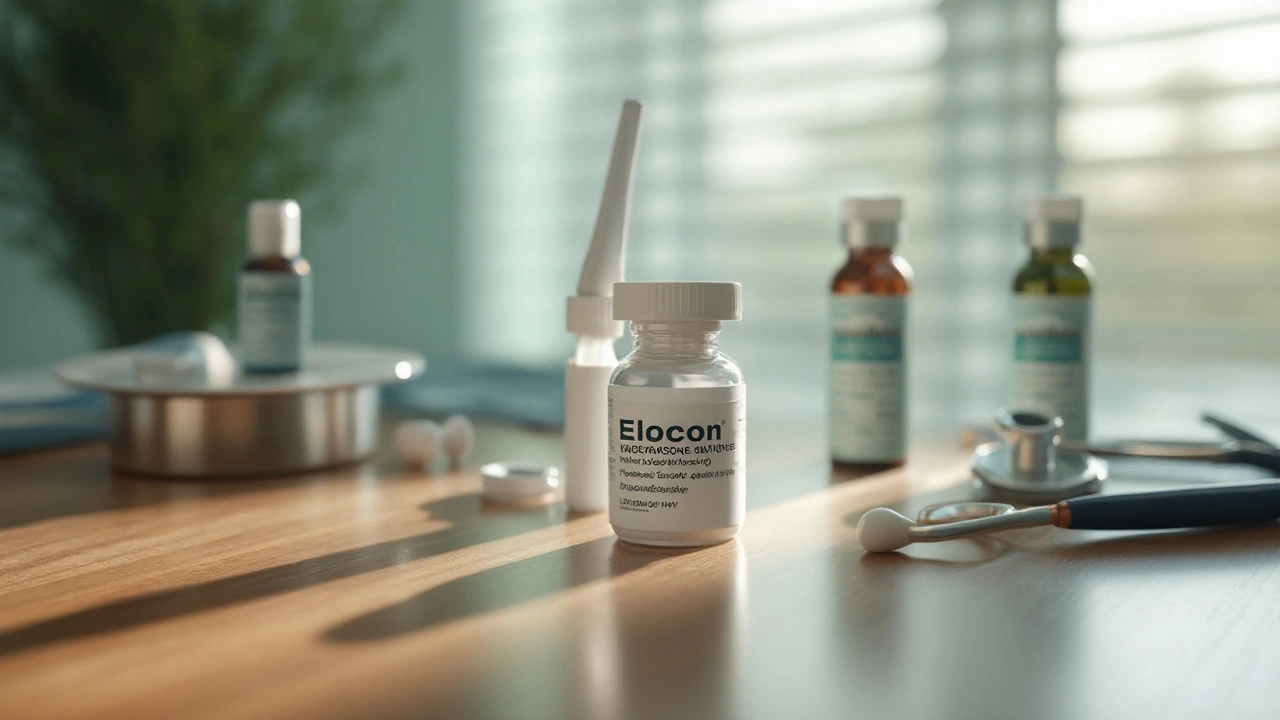
A detailed side‑by‑side look at Elocon (mometasone) and its common alternatives, covering potency, usage, cost and safety for skin conditions.
read more
